
Follow us
Designing a Fabric Store: Creating a Shopper's Haven
Designing a fabric store is an exciting challenge that combines functionality with aesthetics to create an inviting space for customers. A well-designed fabric store should be organized, easy to navigate, and visually appealing, encouraging shoppers to explore and feel inspired by the wide range of materials on offer. Here’s how to design a fabric store that achieves these goals.
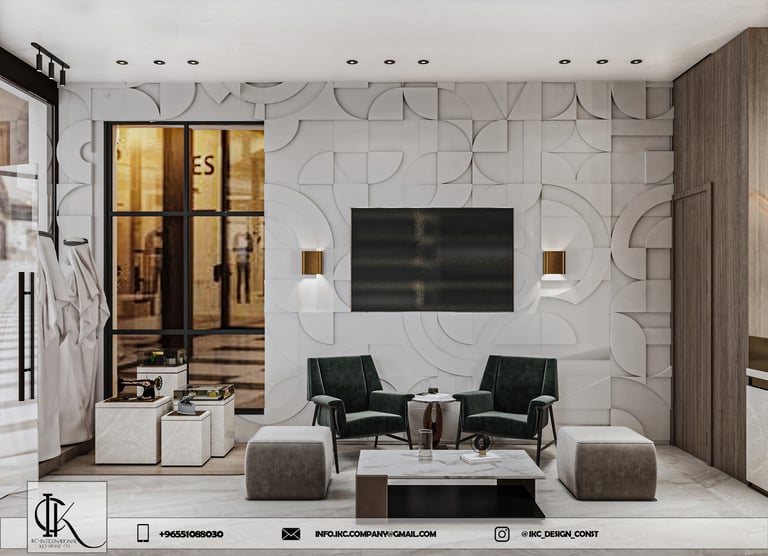

Optimize the Store Layout:
The layout of a fabric store should prioritize ease of navigation while showcasing the variety of fabrics available. Start by creating a logical flow that guides customers through the store, allowing them to browse effortlessly. Consider a grid or loop layout that naturally leads shoppers from one section to another. Wide aisles are essential to accommodate shopping carts and customers carrying large fabric rolls.
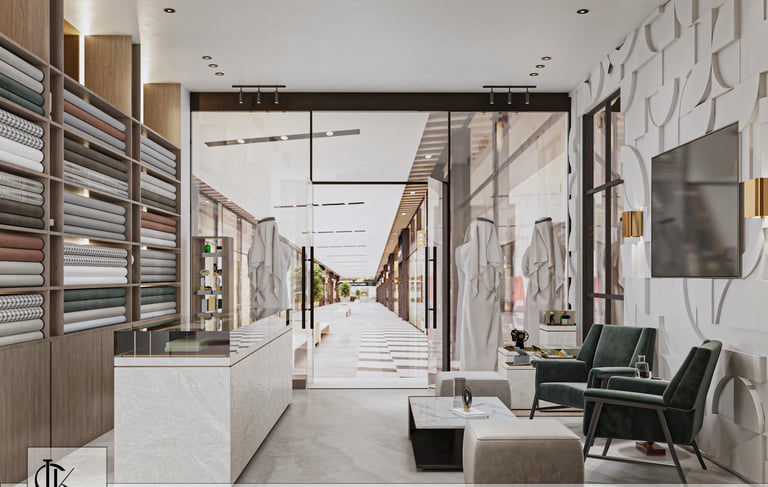

Focus on Display and Organization:
Effective display and organization are crucial in a fabric store. Group fabrics by type, color, or pattern to make it easy for customers to find what they need. Use vertical displays and shelving to maximize space and keep fabric rolls visible and accessible. Create designated areas for new arrivals, bestsellers, and seasonal collections to draw attention and encourage impulse purchases.
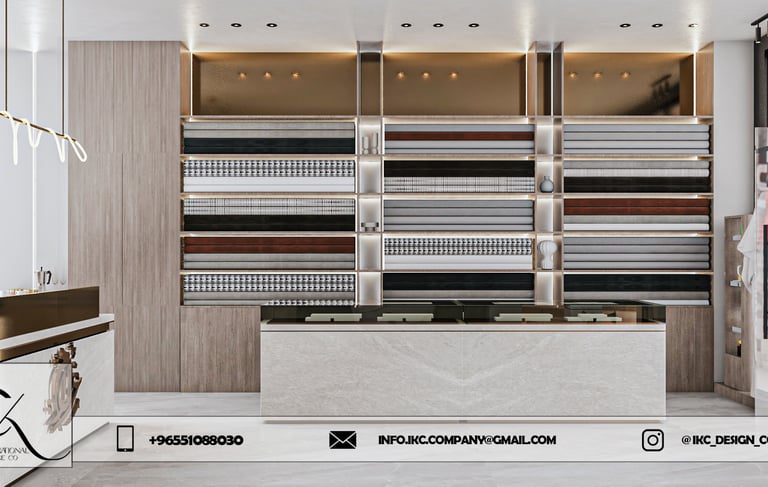

Ensure Proper Lighting:
Lighting plays a significant role in fabric stores, where color and texture are key. Use a combination of natural light and artificial lighting to create a bright, welcoming environment. Track lighting or spotlights can be used to highlight specific areas or displays, while ambient lighting ensures the entire store is well-lit. Avoid harsh lighting that can distort the true colors of the fabrics.
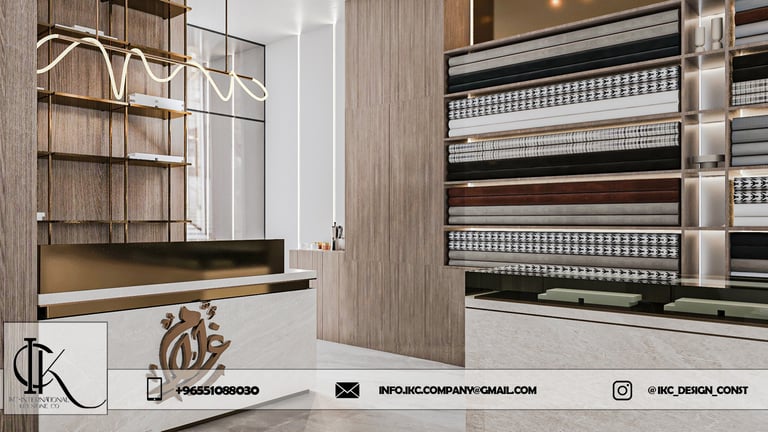

Incorporate Cutting and Consultation Areas:
Dedicated cutting and consultation areas are essential in a fabric store. The cutting area should be spacious, well-lit, and equipped with large cutting tables to accommodate a variety of fabric sizes. Consultation areas can be designed as cozy nooks where customers can receive advice from staff, review fabric samples, and plan their projects. These areas should be inviting and functional, with access to fabric swatches, measuring tools, and pattern books
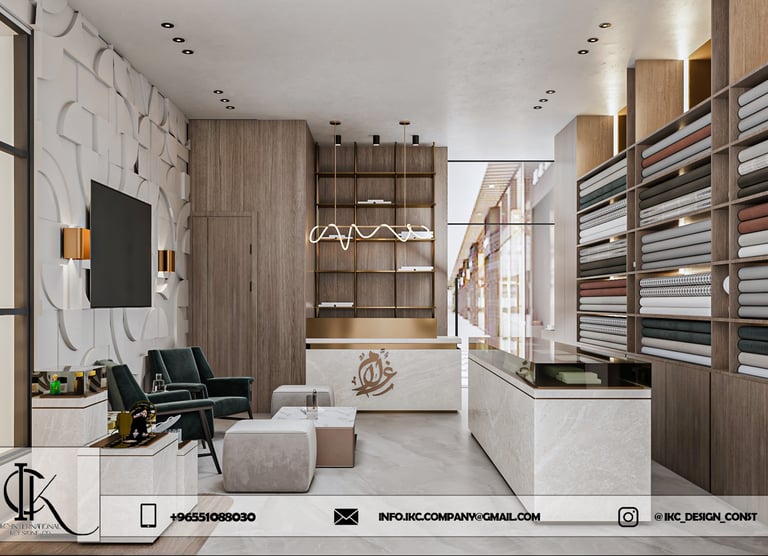

Integrate Technology:
Incorporating technology into the store design can enhance the shopping experience. Consider installing digital screens that display project ideas, tutorials, or videos showcasing the latest fabric collections. Offering tablets or touchscreens where customers can browse online catalogs, check inventory, or explore fabric patterns can also add a modern touch and provide convenience.
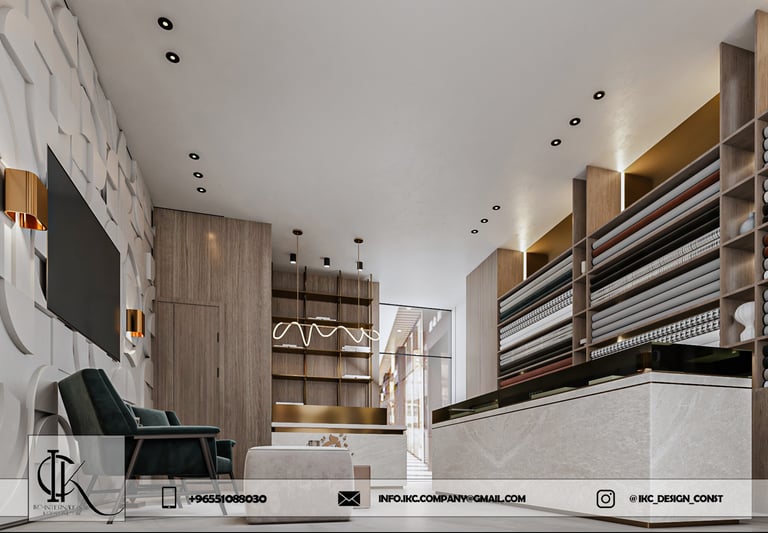

Designing
Designing a fabric store requires careful consideration of layout, organization, and aesthetics to create a space that is both functional and inspiring. By focusing on these key elements,
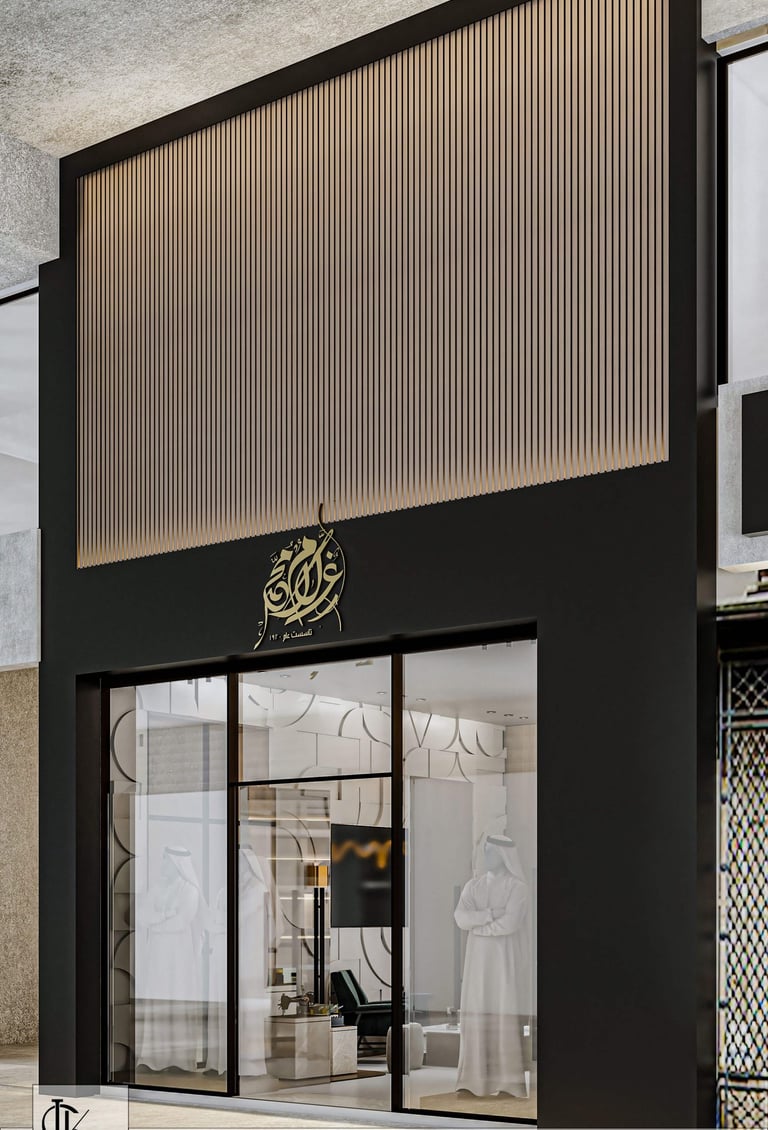

© 2025. All rights reserved.Ikc studio
The website was designed and marketed by el-Wastawea
COMMERCIALS & Admin projeet
I K C S T U D I O
INTERIORS DESIGN
EXTERIOE & LAND SCAPE PROJECT
FINISHING AND CONSTRUCTION
